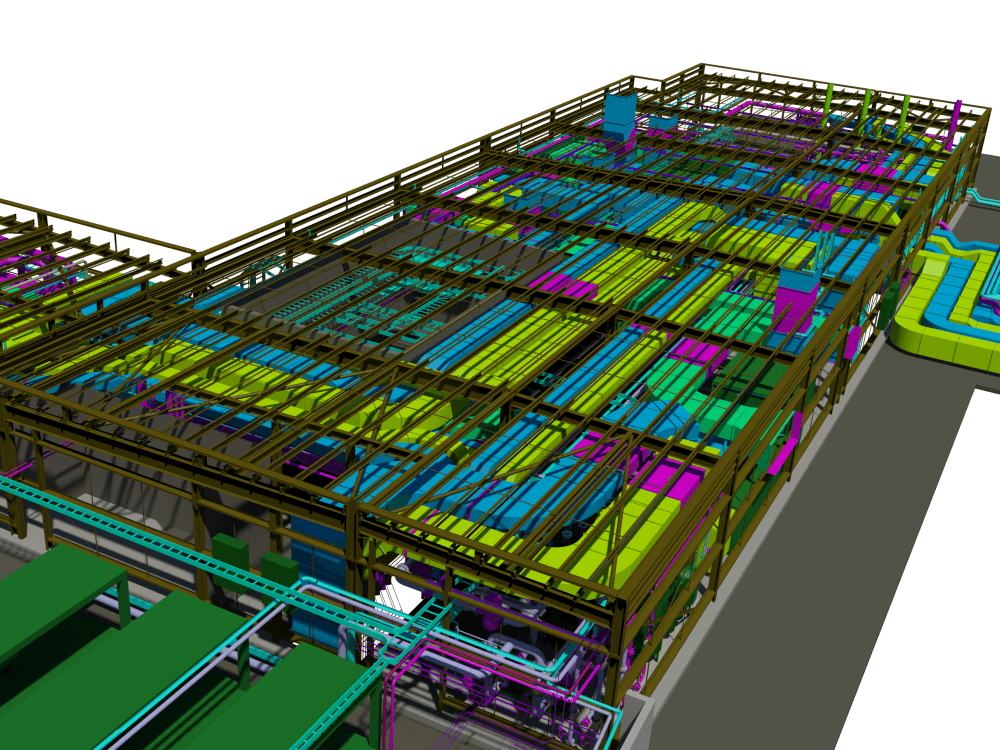The Evolution of Building Services
Since BIM (Building Information Modelling) was first introduced into building projects, it is increasingly thought that BIM represents a fundamental change within the industry, both in terms of collaborative working and in terms of quality and the longevity of builds. Now that BIM has been mandated for use on public building projects in the UK, construction companies, developers, and designers have learned to embrace this new way of working. The already huge and ongoing impact of BIM is unquestionable. So, how will BIM impact the future of building services?
One of the main aspects of BIM is the need for greater and more cohesive collaborative working. Every member of a project has a role to play in terms of BIM. A BIM Manager will oversee the process, there may be data managers and other key people in BIM jobs managing the input and use of data, but everyone will have a specific role to play in ensuring that the data is accurate. The consistency of the model data will be the aspect which will make or break the project in terms of BIM.
One of the main issues with BIM is that it is a process and not a universal piece of software, although there is software available to aid the management of the data and the BIM process. One of the biggest challenges within the industry is choosing a common software framework to use, or using software which is compatible with other software used for BIM.
One of the main demands from clients is the creation of tangible BIM models of their plans. Increasingly, this technology is available and it is invaluable in helping clients and project stakeholders to understand and visualise the finished project, as well as helping to identify and deal with issues in advance.
The benefits of BIM are well documented, savings can be made in terms of time, labour and materials. It can also increase levels of data and information which can lead to earlier detection and remedy of potential problems. Incorporating BIM into a large construction project can help designers, planners and developers to embrace BIM processes and technology and aid the ongoing management of the building once it has been constructed.
The impact of BIM will be felt during the project phase, in terms of bringing a smoother and more efficient process to the table which has the potential to reduce costs and increase quality. Later during the lifecycle of the building, it will ensure that it is properly managed and maintained. Recruiting the best people for BIM jobs is vital, and working with an experienced BIM Consultancy can significantly impact the success of your project.
If you’re looking for a BIM Consultancy or CAD Company in the UK and UAE, or for more information about BIM and CAD services, CAD drawings and BIM compliance, visit The CAD Room website at https://www.thecadroom.com/ or phone 0161 427 0348.


